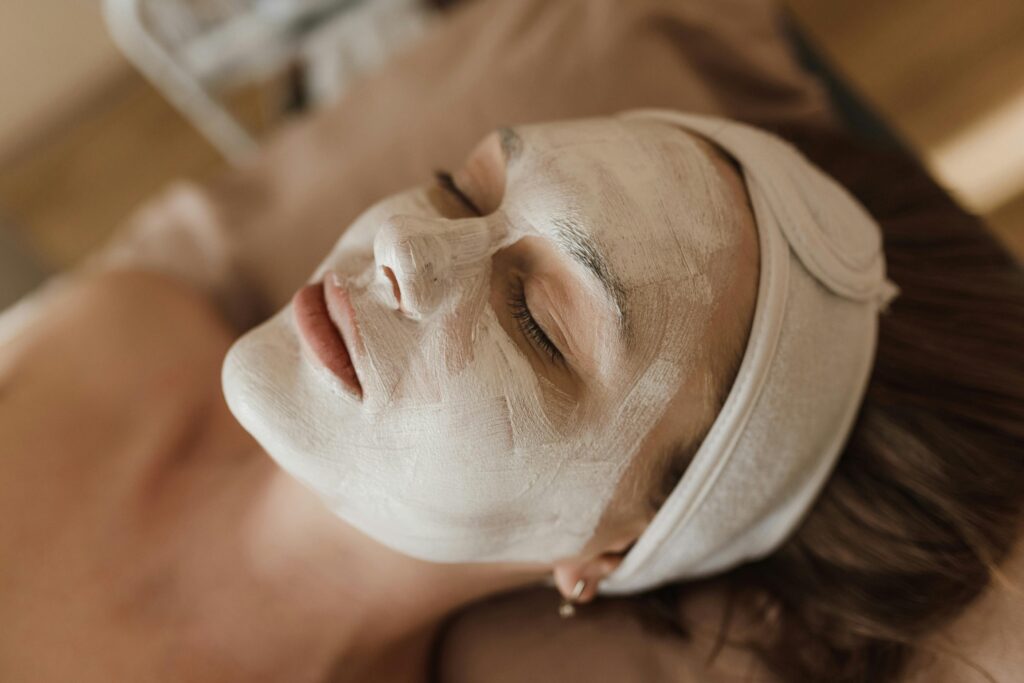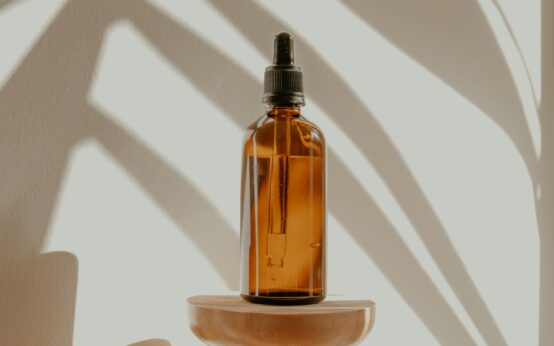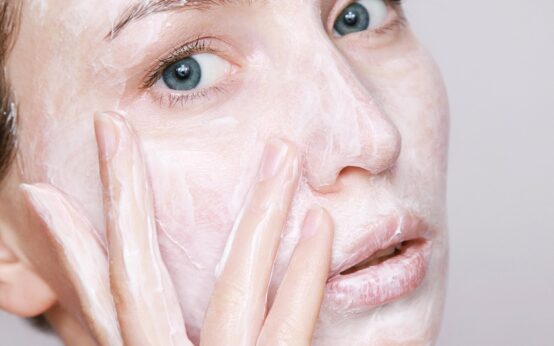Is your skin looking dull, or do you feel like it needs a refresh? It’s a common sensation, especially when seasons change or life gets busy. Truth is, your skin could benefit from some exfoliation. Exfoliating your skin at home can be both rewarding and cost-effective if done correctly. It can unveil fresh, glowing skin and rejuvenate your appearance. But you must be wondering, how can you exfoliate safely without causing harm to your delicate skin? Let’s guide you through this process with all the information you need.
Understanding Exfoliation
Exfoliation is the process of removing dead skin cells from the surface of your skin. These cells can accumulate and lead to clogged pores, making your skin look dull. When exfoliated properly, your skin can appear brighter and more youthful.
Why Exfoliate?
Why should you consider adding exfoliation to your skincare routine? Well, exfoliating can help in several ways. It can clear clogged pores, reduce acne breakouts, and enhance the effectiveness of skincare products by allowing them to penetrate more deeply. This process also stimulates circulation, giving skin a healthy glow.
Types of Exfoliation
There are two primary methods of exfoliation: physical and chemical.
Physical Exfoliation
Physical exfoliation involves manually scrubbing away dead skin cells. This can be done with scrubs, brushes, or sponges. It’s crucial to be gentle to avoid irritating your skin.
Chemical Exfoliation
Chemical exfoliation uses acids or enzymes to dissolve dead skin cells. Products can include ingredients like alpha hydroxy acids (AHAs) or beta hydroxy acids (BHAs). This method can be less abrasive than scrubs and is suitable for those with sensitive skin, provided it’s used correctly.
Choosing the Right Exfoliant for Your Skin Type
Every skin type can benefit from exfoliation, but different types need different methods and products for the best results.
Normal Skin
If you have normal skin, you’re lucky! You have the flexibility to choose between physical and chemical exfoliants. Both types can effectively remove dead cells and reveal fresher skin.
Oily Skin
Oily skin types can benefit from chemical exfoliants, particularly those containing salicylic acid, a type of BHA that can penetrate oil and clear out pores. This helps in managing acne and reducing oiliness.
Dry Skin
For dry skin, it’s often best to use a gentle chemical exfoliant. AHAs like glycolic acid can help remove dry, flaky layers and allow moisture to penetrate more effectively.
Sensitive Skin
Sensitive skin requires careful handling. Look for mild formulas with lactic acid—an AHA that’s gentle yet effective. It’s important to test new products on a small area to ensure no adverse reactions.
Combination Skin
Combination skin benefits from a mix of both physical and chemical exfoliation. A balanced approach helps to address oily areas while hydrating dry spots.

How Often Should You Exfoliate?
The frequency of exfoliation depends largely on your skin type and the method you choose. Over-exfoliating can strip your skin of necessary oils and lead to irritation.
| Skin Type | Recommended Frequency |
|---|---|
| Normal | 2-3 times a week |
| Oily | 2-3 times a week |
| Dry | 1-2 times a week |
| Sensitive | Once a week |
| Combination | 2-3 times a week |
Preparing Your Skin for Exfoliation
Before diving into the exfoliation process, it’s essential to prepare your skin properly. This ensures the process is effective and minimizes any risk of irritation.
Cleanse Thoroughly
Begin by cleansing your skin to remove any makeup, dirt, and excess oils. This step ensures that the exfoliant can reach your skin effectively rather than being blocked by surface impurities.
Choose the Right Time
Exfoliation is best done as part of your nighttime routine. During the night, your skin enters a regeneration phase, making it an optimal time to assist in this process.
Moisturize Post-Exfoliation
After exfoliating, follow up with a good moisturizer. This is especially important because exfoliation can temporarily disrupt your skin’s barrier. Applying a moisturizing product helps to restore hydration and protect your skin.

Safe Exfoliation Techniques
When you’re ready to exfoliate, employ these techniques to ensure safety and effectiveness.
Techniques for Physical Exfoliation
- Choose a Gentle Scrub: Select a scrub with fine grains to avoid creating tiny tears in your skin.
- Use Light Pressure: You don’t need to press hard. Gentle circular motions can effectively remove dead cells without damaging your skin.
- Limit Time: Don’t scrub for more than 30 seconds. This prevents undue irritation.
Techniques for Chemical Exfoliation
- Apply evenly: Use a cotton pad or your fingertips to spread the product evenly over your skin.
- Follow Product Instructions: Each product will have specific directions. Follow them to avoid overuse.
- Patch Test New Products: Test on a small area before full application to ensure your skin reacts well.
Common Mistakes and How to Avoid Them
Over-Exfoliating
It’s a common misconception that more exfoliation will solve skin issues faster. In reality, over-exfoliating can damage your skin barrier and lead to irritation and sensitivity. Stick to the recommended frequency based on your skin type.
Ignoring Sunscreen
After exfoliation, your skin may be more sensitive to UV rays. Applying a broad-spectrum sunscreen is crucial to prevent sun damage.
Using Harsh Products
Not all exfoliants are created equal. Some products can be too harsh, especially for those with sensitive skin. Choose products formulated for your specific skin type.
Skipping Moisturizer
Exfoliating without moisturizing after can leave your skin dry and unprotected. Always follow up with a hydrating product.

DIY Exfoliation Remedies
If you’re inclined to use a more natural approach, there are several DIY solutions for home exfoliation.
Oatmeal Scrub
Oatmeal is gentle on your skin and acts as a soothing, natural exfoliant. Mix it with yogurt or honey for additional benefits.
Sugar and Olive Oil
This simple scrub can be made by mixing sugar with olive or coconut oil. The sugar provides gentle exfoliation, while the oil hydrates.
Papaya Mask
Papaya contains enzymes that naturally exfoliate skin. Mash ripe papaya and leave it on your face as a mask for a gentle and effective exfoliator.
Skincare Routine Post-Exfoliation
After you’ve exfoliated, it’s important to nurture your skin with the right follow-up routine.
Toning
Use a gentle toner to help close pores and restore your skin’s pH balance. Opt for alcohol-free options to prevent dryness.
Serum Application
After toning, apply any serums that target specific concerns, such as aging or uneven skin tone. Exfoliation allows these products to penetrate more deeply.
Moisturizing
Lock in hydration with a good moisturizer. Look for ingredients like hyaluronic acid or ceramides, which help restore your skin barrier.
Addressing Specific Concerns
Exfoliation can also target particular skin concerns, providing tailored benefits.
Dealing with Acne
For acne-prone skin, consider using products containing salicylic acid. This BHA is known for its ability to penetrate and clear clogged pores. Consistent, gentle exfoliation can prevent future breakouts.
Targeting Hyperpigmentation
Chemical exfoliants such as AHAs can be effective in lightening hyperpigmentation by promoting skin cell turnover. Look for products that combine AHAs with brightening ingredients, such as vitamin C.
Tackling Rough Texture
Physical exfoliants can soften rough patches of skin. A gentle scrub applied with soft pressure can smooth these areas.
The Importance of Consistency
Consistency is key in any skincare routine. Regular exfoliation, when done safely, enhances your skin’s texture and appearance over time. Stay patient and allow a few weeks to notice visible results.
When to Consult a Professional
While home exfoliation is both effective and convenient, certain situations may necessitate professional advice. If you experience persistent irritation, allergic reactions, or new skin concerns, consult a dermatologist. They can offer personalized recommendations and ensure you’re using the best methods for your skin type.
Final Thoughts
The journey to uncover glowing, healthy skin through exfoliation is simple yet effective. With the right knowledge and approaches, you can achieve significant results safely from the comfort of your home. Remember, your skin is unique, and understanding how to cater to its specific needs is vital. Happy exfoliating, and may your skin shine brilliantly every day!

 How To Create A Skincare Routine For Oily Skin
How To Create A Skincare Routine For Oily Skin  Skincare Myths That Are Wrecking Your Glow
Skincare Myths That Are Wrecking Your Glow  How To Choose The Right Moisturizer For Your Skin Type
How To Choose The Right Moisturizer For Your Skin Type  Glowing Skin Secrets: Natural Tips That Really Work
Glowing Skin Secrets: Natural Tips That Really Work  Popular Anti-Aging Skincare Products That Actually Work
Popular Anti-Aging Skincare Products That Actually Work  How To Create A Skincare Routine For Oily Skin
How To Create A Skincare Routine For Oily Skin  The Best Ingredients For Anti-Aging Skincare
The Best Ingredients For Anti-Aging Skincare  Skincare Myths That Are Wrecking Your Glow
Skincare Myths That Are Wrecking Your Glow  Natural Skincare 101: Everything you Need to Know
Natural Skincare 101: Everything you Need to Know  The Ultimate Guide To Sunscreen: What You Need To Know
The Ultimate Guide To Sunscreen: What You Need To Know  Guide to the Best Anti acne Products for Clear Skin
Guide to the Best Anti acne Products for Clear Skin